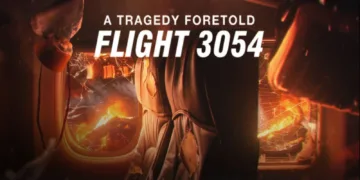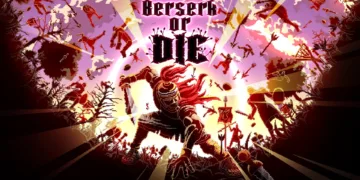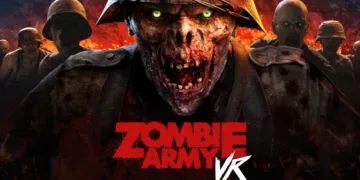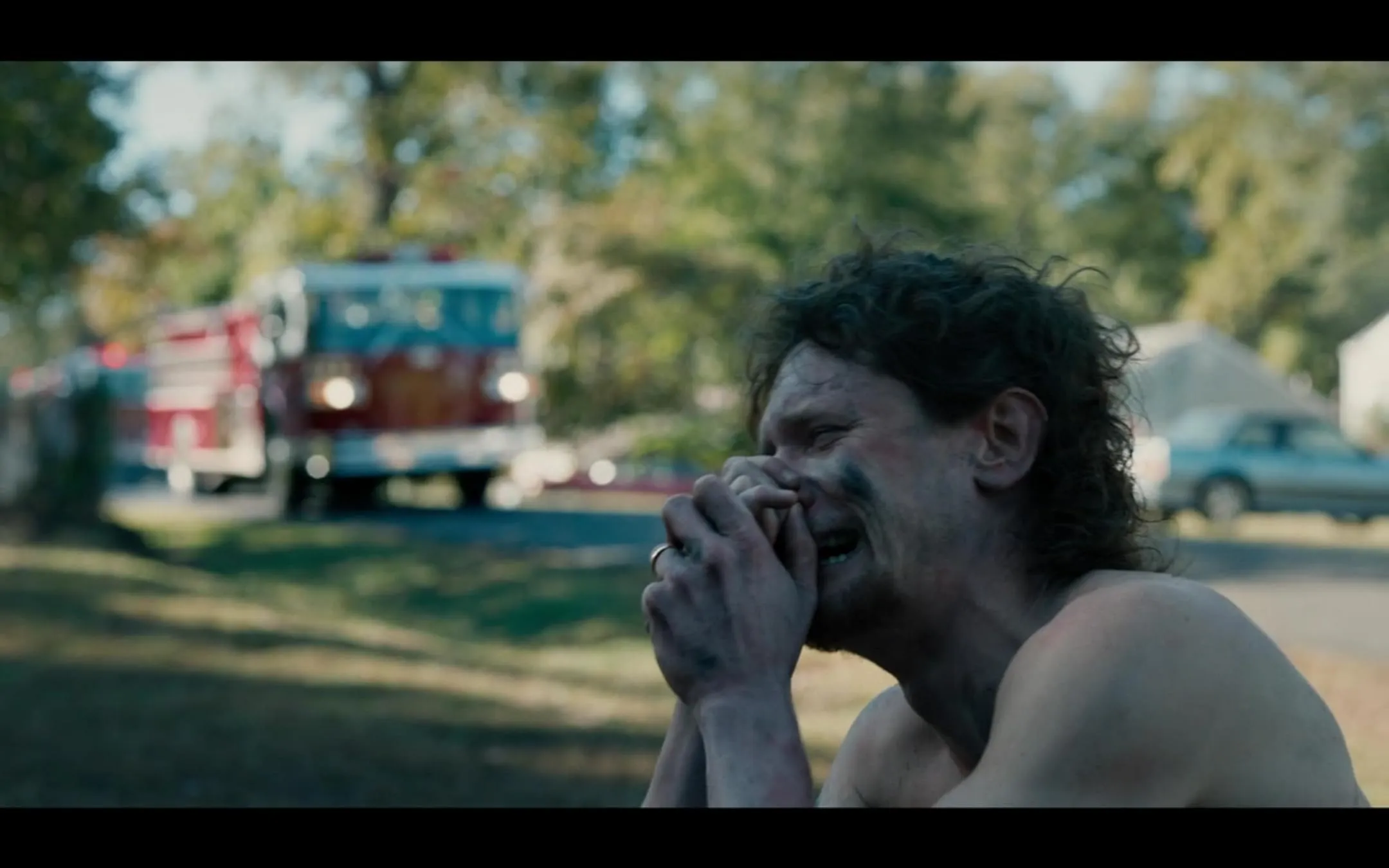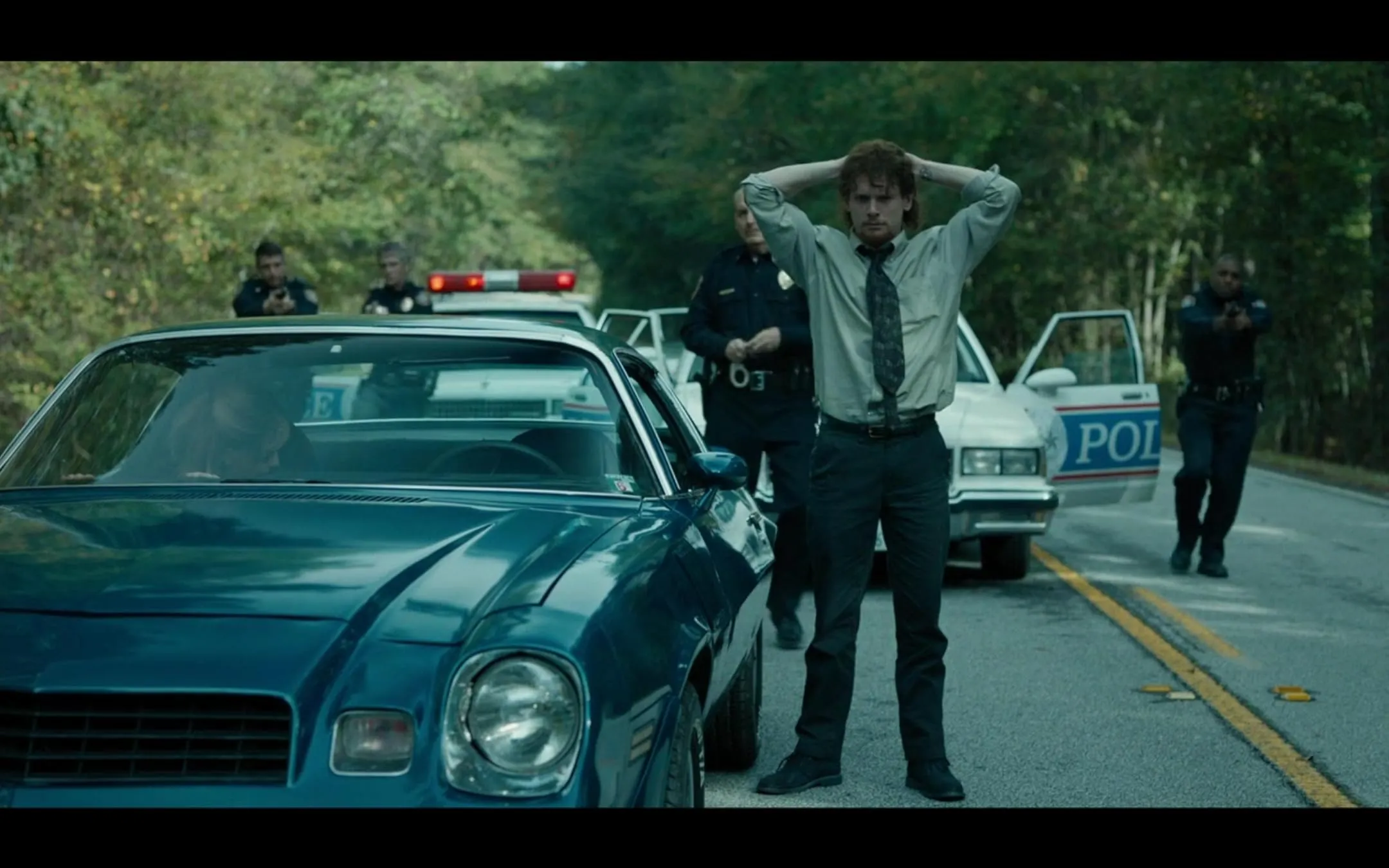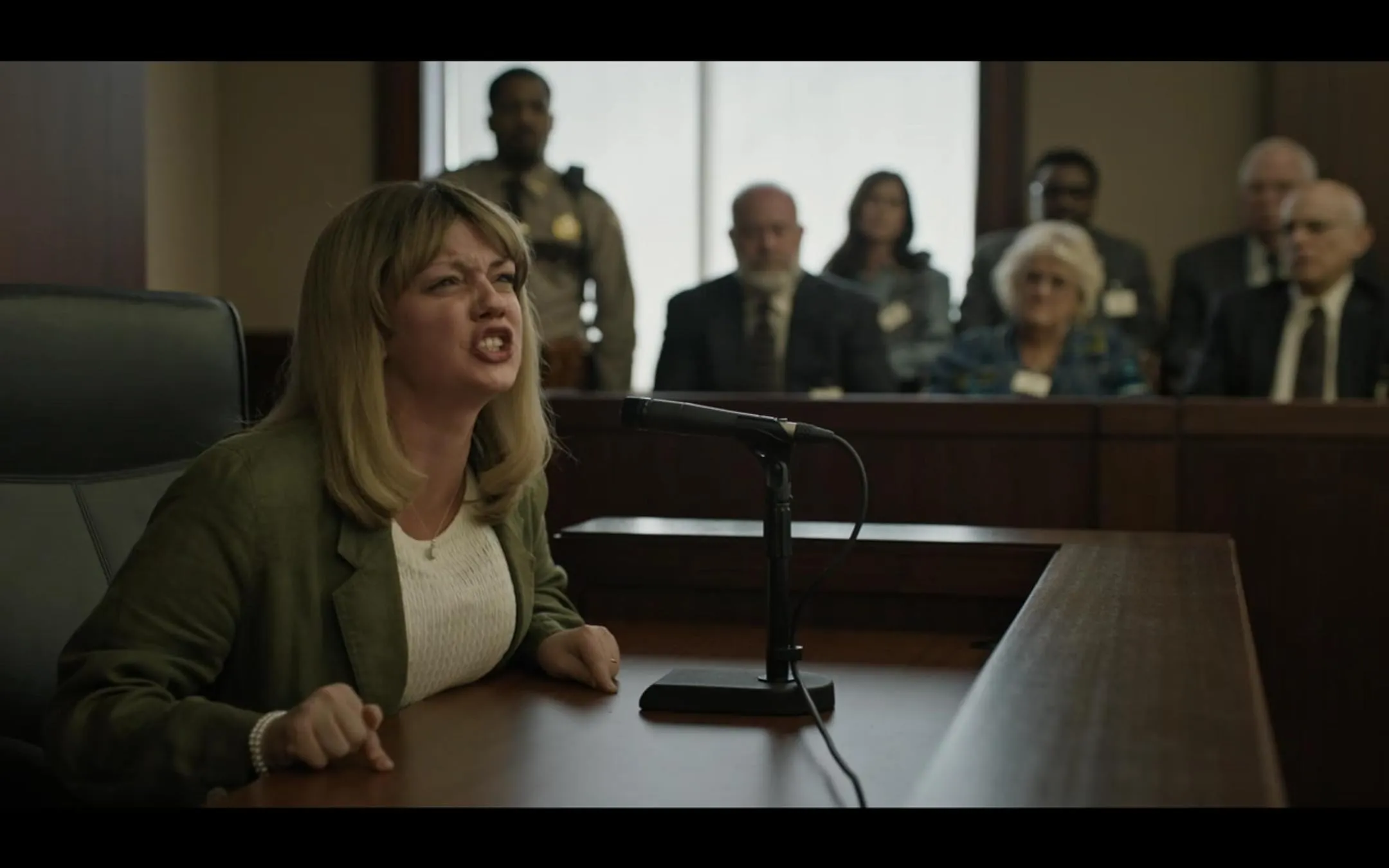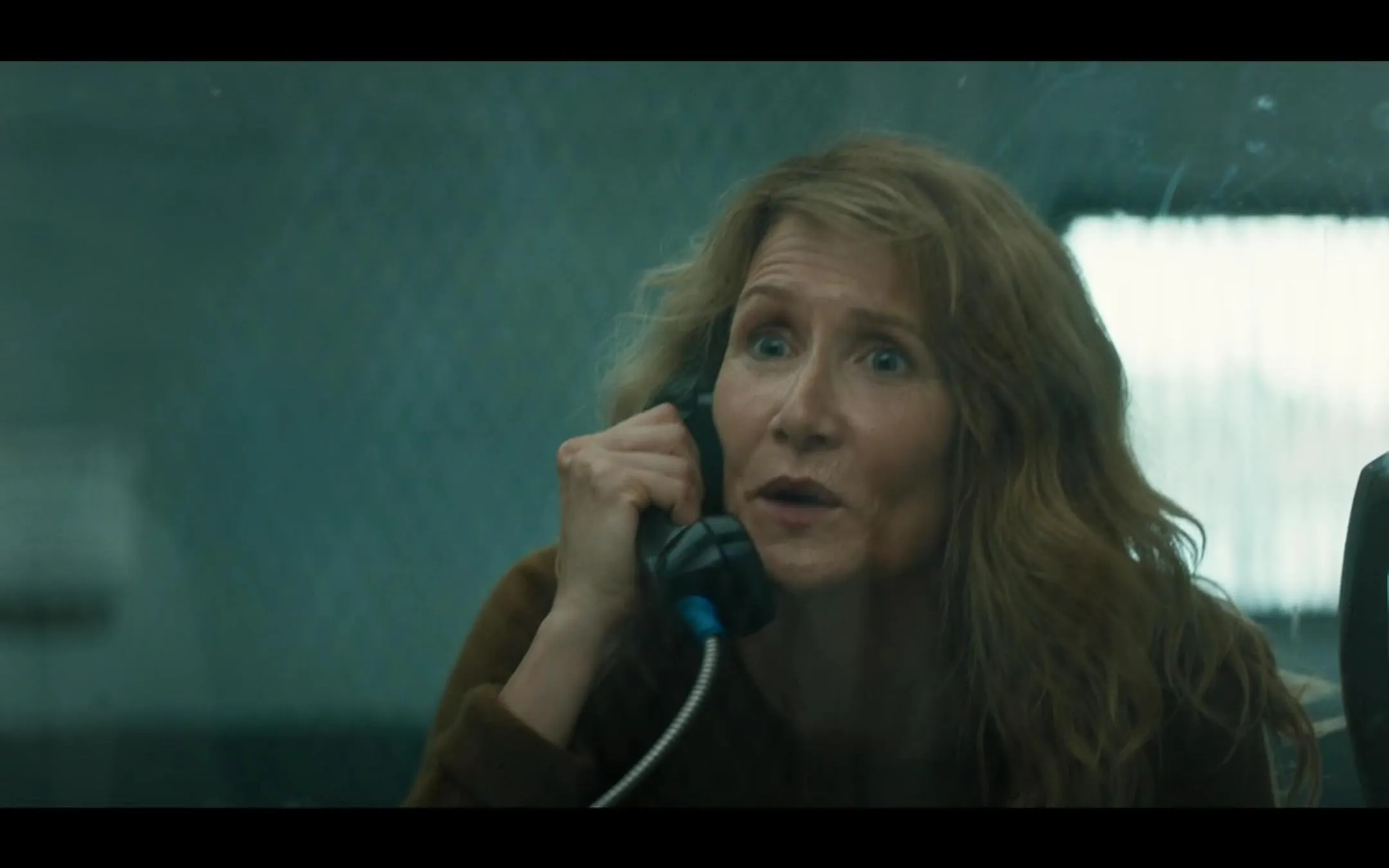A fierce conflagration sets the stage, marking a moment when fate and human frailty intertwine. The film recounts the true case of Cameron Todd Willingham, whose life was shattered in an instant when a merciless blaze consumed his home and claimed the lives of his three children.
This devastating event serves as the nucleus around which a grim narrative unfolds, one that questions the nature of justice and the fragility of human existence.
The backdrop is early 1990s Texas—a state steeped in traditions and contradictions. Here, the stark realities of a society hardened by punitive measures clash with the desperate cries for fairness amid a climate marked by polarizing political figures.
The atmosphere is thick with the weight of irreversible decisions and the stark imprint of state authority, leaving viewers to confront the raw mechanics of a system predisposed to swift retribution.
The storytelling itself shifts like a disjointed memory, interlacing the immediacy of courtroom drama with the reflective cadence of recollections. Through alternating sequences, we witness the grim trial proceedings alongside the investigative efforts of an impassioned outsider, each narrative thread questioning the veracity of established truths while exposing the human cost of irrevocable actions.
Narrative Structure and Plot Development
The film begins with a burst of destructive energy—a fire that engulfs a modest home in a matter of moments. In its wake, a man is forced to face the unspeakable loss of his three children amid scenes of chaos and despair.
This moment of explosive tragedy sets off a rapid sequence of events, thrusting him into a legal process arranged in the heat of judgment. The viewer is drawn into a narrative that swiftly shifts from personal ruin to the harsh realities of a judicial system that confines him within the oppressive walls of death row.
Scattered throughout the film, sudden returns to earlier times serve as windows into a life marked by both neglect and hidden turmoil. These flashbacks, unbidden and sometimes disjointed, reveal fragments of a troubled past that help explain the man’s current plight.
By interweaving recollections of his former self with the relentless progression of his trial, the film constructs a layered portrait that hints at regret, lost opportunities, and inner demons.
The storyline moves between the immediate intensity of the disaster, the fervor of courtroom confrontations, and the isolating bleakness of prison life. Each segment functions as a mirror reflecting the complexity of choices made in moments of weakness and the inexorable pull of fate.
The investigation is rendered with a stark clinicality, exposing a legal process that seems eager to settle the matter through swift, almost mechanical procedures.
In the courtroom, figures of authority present evidence with a focus on expedience rather than genuine inquiry. Legal representatives appear as part of a machine predisposed to swift judgment, their actions driven by assumptions that obscure a more intricate human reality.
This portrayal invites the viewer to question the nature of evidence and the price exacted when lives are reduced to numbers on a ledger.
Faces of Desolation: Character Analysis and Performances
Cameron Todd Willingham stands before us as a man marked by the scars of a troubled past. His history, stained with personal missteps and turbulent domestic life, reveals a soul battered by the weight of remorse.
The film portrays him shifting from a figure condemned by public perception into a being tormented by his inner conflicts. In moments set within the stark confines of his cell, his eyes betray the quiet agony of a man burdened by memories he cannot escape.
There are scenes where silence speaks volumes—a fleeting glance, a trembling hand—that suggest his inner world is a battlefield of regret and longing. His character forces us to confront the philosophical question of whether punishment can ever truly erase the echo of a troubled existence.
Elizabeth Gilbert appears as a counterpoint to this desolation. She emerges not from the familiar shadows of her own past but as an outsider compelled by an unwavering desire to reexamine a case steeped in tragedy.
Her path is lined with personal sacrifice, evident in the tension that weaves through her family life, hinting at the emotional cost of her chosen crusade. Her resolve is painted in quiet strokes—a steadfast gaze, a measured word—that speaks of a profound commitment to unearthing a truth that many would prefer to leave undisturbed.
Gilbert’s transformation is marked by a growing intensity that mirrors the dark uncertainties of a world where justice often wears the guise of inevitability.
Supporting figures lend their own gravity to the narrative. Stacy, entwined in domestic strife, exhibits a turbulent mix of sorrow and fleeting defiance. Gerald Hurst, the fire investigator, disrupts accepted narratives with a critical eye that questions established accounts.
Minor presences—the stern guard, a fellow inmate lost in his own despair—offer brief yet meaningful glimpses into a system defined by its cold precision.
The actors deliver their roles with a depth that captures a spectrum of human frailty and imperfection, their nuanced performances inviting the audience to ponder the enduring conflict between personal failing and the relentless march of fate.
Canvas of Shadows: Directorial Vision and Visual Poetry
Ed Zwick’s storytelling reveals a measured detachment that strips the narrative to its stark, unadorned truths.
His methodical approach lets the gravity of events speak through deliberate restraint, casting the unfolding drama in a light that neither amplifies nor diminishes its inherent sorrow. There is a quiet power in allowing reality’s harsh contours to be seen plainly, where every frame serves as a silent witness to human frailty and the weight of irrevocable choices.
The film’s visual language is sculpted from striking images—scenes where a roaring blaze and the suffocating gloom of confinement merge into a portrait of despair. Shots capture both the physical devastation and the slow erosion of hope within a man condemned by fate.
Light and shadow engage in a silent dialogue across the screen; a trembling camera and carefully composed scenes evoke a pervasive unease. Flashbacks emerge like fragmented memories, revealing glimpses of a troubled past that haunt the present. Such sequences open subtle windows into the souls of characters wrestling with their own undoing.
A haunting musical score intermingles with the natural acoustics of a crackling fire and distant murmurs of desolation. Each note offers a quiet reminder of life’s fleeting nature, drawing viewers further into the maze of internal struggle. The soundscape does more than accompany the visual; it intensifies the isolation and deep introspection that permeate every critical moment.
Authenticity manifests in the film’s meticulous staging—sunbaked Texan streets and the oppressive interiors of a penitentiary materialize with tangible detail. Weathered textures and the dim glow of a solitary lamp render a setting that speaks with a voice of its own, one burdened by the echoes of forgotten truths and unspoken grief.
Shadows of Judgment: Themes and Social Commentary
The narrative casts a stark light on capital punishment, exposing a legal system that seems to operate with a rigid finality. Forensic evidence is portrayed as fragile as whispered secrets, while trial proceedings occur with a speed that hints at preordained outcomes.
The film presents a judiciary marked by rushed hearings, deficient defense efforts, and a silent pressure stemming from political maneuvering—a portrayal that leaves viewers unsettled by the very foundation of imposed finality.
At the core of the story is a man whose existence is steeped in contradiction. His troubled past and inner disquiet reveal a character caught between acts of wrongdoing and a deep, persistent vulnerability.
His personal struggle—oscillating between self-condemnation and the desire for some form of relief—raises profound questions about the nature of guilt and the possibility of inner redemption. Each measured gesture and pained silence serves as a mirror reflecting our own imperfections, an echo of human frailty colliding with an unforgiving fate.
Political scheming and the influence of media narratives make their presence felt in subtle yet disquieting ways. Public sentiment, depicted as mutable and ever-shifting, seems to bend under the weight of carefully curated narratives. The film portrays legal decision-making as a tension-filled dance between raw, uncontrolled emotion and the sterile procedures of bureaucracy, leaving its audience to question the true underpinnings of collective judgment.
In its most probing moments, the film exposes ethical quandaries with unflinching clarity. It challenges viewers to reconsider the nature of retribution, questioning whether punishment may ever share space with the faint possibility of forgiveness. By laying bare the interplay between personal failings and systemic error, the work invites us to ponder if justice, as administered by human hands, can ever claim purity without the stain of inevitable error.
Emotional Reverberations: The Weight of Sorrow and Connection
A blaze erupts in the opening moments, its ferocity carving a chasm of loss that lingers like a spectral echo. The image of fire, unyielding and raw, confronts us with an instant of irrevocable change—a moment when grief and isolation intertwine on the stark canvas of death row.
The visuals merge with a haunting narrative pulse, evoking an empathy that is as unsettling as it is profound, stirring feelings that hover at the brink of despair.
The exchange of letters between Willingham and Gilbert introduces a fragile yet potent dialogue. Their words, etched in ink and steeped in silent burdens, reveal a subtle interplay between solitude and the search for meaning.
This correspondence, tender and often heavy with unspoken truths, punctuates the relentless tide of judicial finality with a human note that speaks of vulnerability and a yearning for understanding.
A deliberate pace and the careful unfolding of each character’s torment invite the viewer to linger in moments of reflective stillness. As the narrative unfurls, the interplay of stark imagery and muted interactions fosters an experience that is at once emotionally immersive and intellectually provocative.
The film challenges the observer to confront a reality where despair and fleeting tenderness coexist, urging an introspection on the nature of suffering and the unseen fissures within our collective spirit.
Echoes of sorrow and tentative connection weave through the scenes, offering a raw glimpse into a world where each whispered exchange and every lingering glance carries the weight of unspoken reckonings.
The Review
Trial by Fire
A haunting confrontation with human vulnerability and a callous system, this film forces us to witness fate's relentless grip and the enduring burden of guilt through somber visuals and measured storytelling. Its raw performances spark a quiet introspection, leaving an indelible mark on the spirit without offering ready solace.
PROS
- Powerful, evocative performances
- Stark, immersive visuals and sound design
- Poignant social commentary on injustice
CONS
- A deliberate pacing that may test some viewers' patience
- Occasional narrative predictability
- Heavy thematic focus might feel overwhelming






























